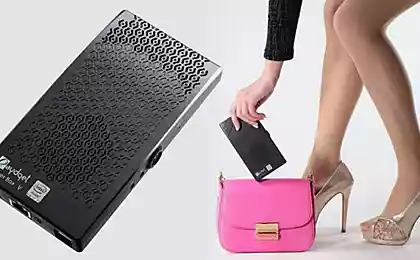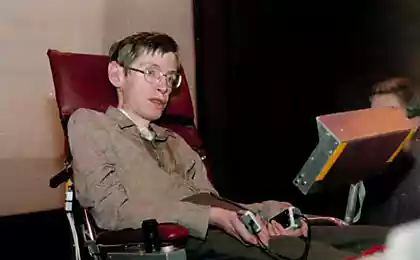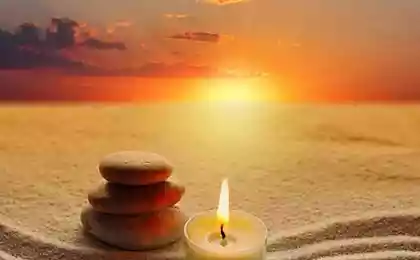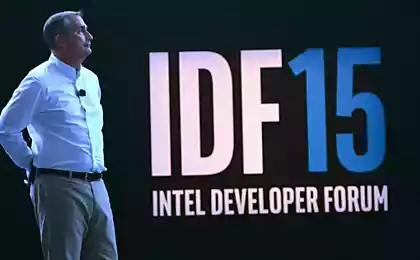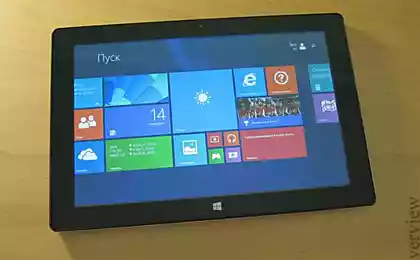1115
50 years of Moore's Law
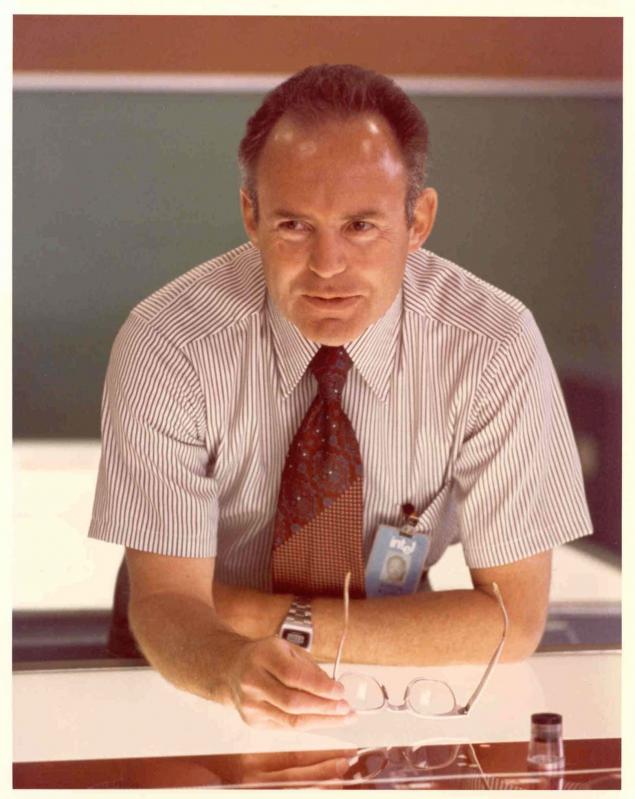
April 19 Habré and Geektimes gone unnoticed, though on this day 50 years ago, an article was published with some empirical observation, later known as «закон Moore », a kind of long-lived fast-flowing and changing world of electronics. Intel is due to this large and round date interviewed its founder, an old man Moore. Well, welcome under the cut for some interesting details and, in fact, an interview.
Interview h4> - How did you come to the conclusion that the number of transistors on a single chip will increase twice every two years? It was a guess, or the result of observations? B>
- In the early 60-ies of XX century. we have developed semiconductor technology for subsequent industrial applications. With those tools, which were then in our possession, it was very difficult. I served as director of research and development company Fairchild Semiconductor, directed process optimization technology. I was approached by editors Electronics Magazine to prepare an article for their 35th annual edition, in which it was necessary to talk about what will happen in the semiconductor industry in the next 10 years. So I decided to assess progress. I took a few chips and drew attention to the fact that we first installed them one by one transistor, then - eight, and the newest - twice, ie 16. In the laboratory, we have been working to develop chips with 30 elements and considered the possibility of installing 2 times more transistors. I came to the conclusion that every year we have increased the number of elements in 2 times. So I made a bold assumption and said that we will continue to increase the number of elements in the two times each year and go from 60 members to 60 thousand. For 10 years.
I would like to convey to the public the idea that this is what will develop the microelectronics industry and this will have a positive economic effect. Although at the time for optimism was not enough: the first integrated circuits were more expensive individual hull components for the assembly of similar schemes. It was necessary to talk about the fact that we have the technology that will allow seriously reduce the cost of microelectronics. I thought that this is just a temporary trend of the industry. In fact, it was much more resistant than I could have imagined. One of my colleagues - it seems Carver Mead, a professor of the California Institute of Technology - called trend described by Moore's Law.
- Can you guess 50 years ago, that your observation will remain relevant for so long? This is not a law of nature, and usually the result of observations. Hence, there is no guarantee that it will continue to operate in the future. B>
- In 1965 and later, in 1975, when I checked my watch, I did not think about when the law will cease to operate. Modern industry is finding new ways to make chips more complex. Today, I find it hard to believe that we are talking about billions, not tens, hundreds or thousands of transistors on a single chip package. The law was more tenacious than I could have imagined in 1965 or 1975, and it is hard to tell when it has expired.
Initially, the law was used simply as an illustration of process technology. But gradually it began to be seen as the defining trends of industry tend to measure progress. Now he is at the heart of the semiconductor industry.
- You participated in the development of modern computer technologies since their inception. What are the design and the device impressed you the most? B>
- In 1965, in the article, I did a lot of betting, starting with hours and personal computers to radar with a phased antenna array. Rereading this publication today, I am surprised how accurate were these assumptions. Perhaps most of all I was surprised by the evolution of the Internet and the place which it occupied in the lives of people around the world. We know that computers do useful things, that it will develop, but I did not realize that they will become the most important component of the global communication environment. It's hard to name another, equally outstanding innovation.
- You once mentioned that became an entrepreneur by accident. Now, when you have a lot of experience in Shockley *, Fairchild * and Intel, what advice would you give technical entrepreneur? B>
- I'm not sure I can give useful advice in this area. I have always believed that it is necessary to determine the scope and type of product, which wants to produce, and then, if there is a practical sense, to start. Now, many businesses approach this issue differently: first, decide to establish a company, and then begin to search for ideas that could be implemented. Some of these projects have been very successful, for example, Google, but many were not able to stay on the market. I would advise to pay attention to how to make a long-term project.
- Could Intel will take their current positions and save them, if not followed Moore's law? B>
- I believe not. When I asked what I could tell the staff Intel, I'm talking about the need to continue the implementation of the law. There are many problems to be solved in order to develop the technology in accordance with a predetermined speed, and this is very important because it allows to control the situation and keep the success in the future. Need to do everything possible, and it requires constant effort.
- What is the education is for the technology industry? B>
- I think that the constant influx of well-trained engineers and scientists is the source of vitality for any company, including, for Intel. And this will happen only if the universities will teach students what we need and other production companies. Good ideas often are born in the minds of young engineers. They are willing and able to make a real breakthrough, which will create entirely new products and processes. Therefore, universities play an important role in supporting the success of modern technology, and the company is becoming an important factor in the demand and success of the learning process.
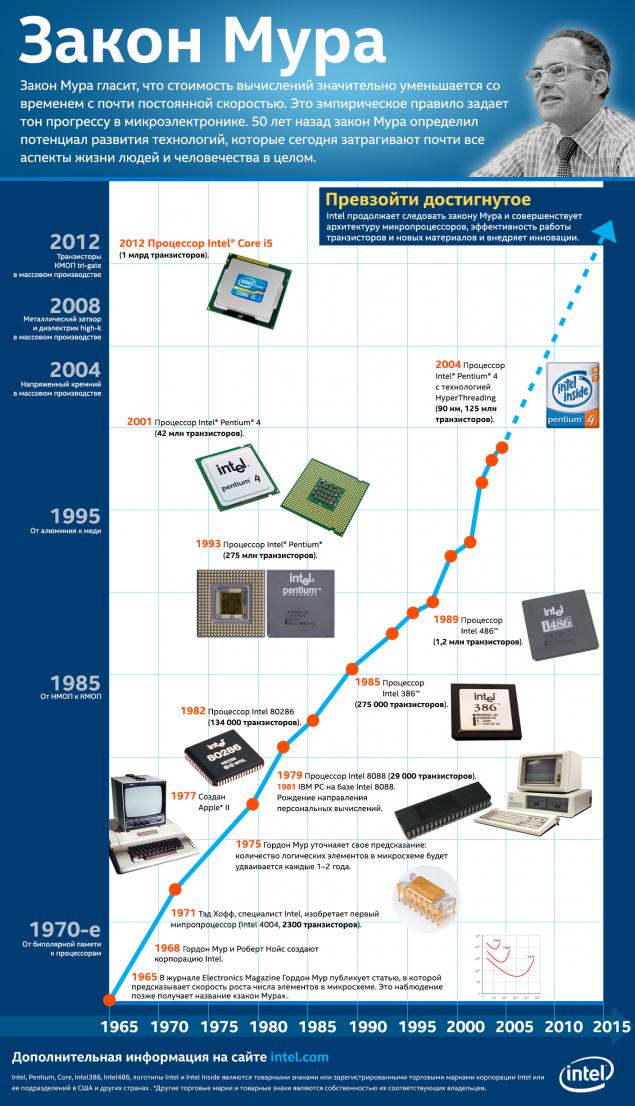
- Did Moore's Law, Intel and other manufacturers will innovate and develop new products? B>
- Of course, the impact of Moore's law has changed over time. Initially it was used simply to track progress. People create more complex chips. It was possible to compare the results and to make sure that the design complexity increases. But later the company began to perceive the law as something that should be followed to remain competitive. In order to remain at the forefront, they need to move as quickly as specified in the law. Thus, the law ceased to be a means of assessing progress and is now considered as the main driving force of the industry.
- Moore's Law - that's probably what makes you went down in history. Or would you like people to remember you as one of the founders of Intel? B>
- It's hard to call anything one than I am proud of. Perhaps the creation of Intel - it's one of my biggest successes.
- How much do you think your famous law? How many people out of 100 will call you if they ask what the known laws in the field of electronics they know? B>
- I'm surprised how often in my life I have come across references to the law. I checked the number of references to Moore's Law and Murphy's Law in the Internet. Google has found at least 2 times more mentions of my law.

Examples for understanding "Moore's Law" on the fingers h4> Intel has also produced interesting comparisons and "use" of Moore's Law in their daily lives.
For example, cars. If the automotive industry there would be Moore's Law, the ...
... people could go a lifetime without refueling, provided that the efficiency of automobile fuel increased at the same rate as the number of transistors in Moore's Law ... car now would be the size of an ant, while maintaining the speed with which transistor dimensions are reduced. Plus, each of us could be stored in a shirt pocket a whole bunch of spare tires.
If the skyscrapers fall in price at a rate specified by Moore's Law, people could buy for skyscrapers at a price below the cost of a personal computer today. And if skyscrapers grew in height at a rate of Moore's Law, now they would have been 35 times higher than Mount Everest. If the value of homes decreases by reducing the size of transistors, a person could buy a house for the price of one candy!
The cost of the space program "Apollo" for landing humans on the Moon was $ 25 billion. If the price is reduced at a rate of Moore's Law, now cost of the program would be comparable to the cost of a small private plane. Flight on the moon in 1969, took 3 days. If the provisions of Moore's law can be applied to space travel, it would take 1 minute. The flight from New Zealand to New York would be completed in the time it takes you to fasten your seat belt on the plane.
The immediate prospects and the future of Moore's Law h4> 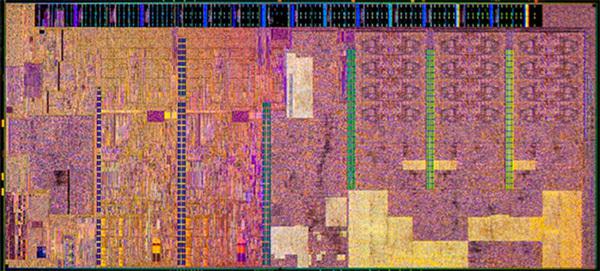
Currently, photolithography is performed using a laser with a wavelength of 193 nm. This is some gold standard electronics industry. And with the help of various sophisticated manages to achieve amazing results, for example, as shown in the figure above the chip, made on 14nm process technology. However, not far off the era of EUV lithography (EUV) with a wavelength of 135 nm. EUV tools allow us to make more operations in one pass compared to modern scanners. While technology continues to evolve, it is fairly slow due to a number of difficulties, including a radiation source and a lens to focus the laser. Plus requires new installation, vacuum systems and various materials for masks and photoresist. In addition, there are other difficulties, such as a decrease in "line width roughness" instead of reducing the "unevenness of the edge line».
And in the distant future to save Moore's Law is necessary to make the transition to the electron-beam lithography. With the technology of Multiple Electron-Beam Direct Write (MEBDW) sometime in the future will create billions of rays transistors on a chip. By the way, one of the developers of the system Mapper recently received funding RUSNANO.
Source: geektimes.ru/post/249308/
WEB 3.0. From Saitocentrism k yuserocentrism, from anarchy k spitalism
Project Loon from Google is ready to launch balloons



